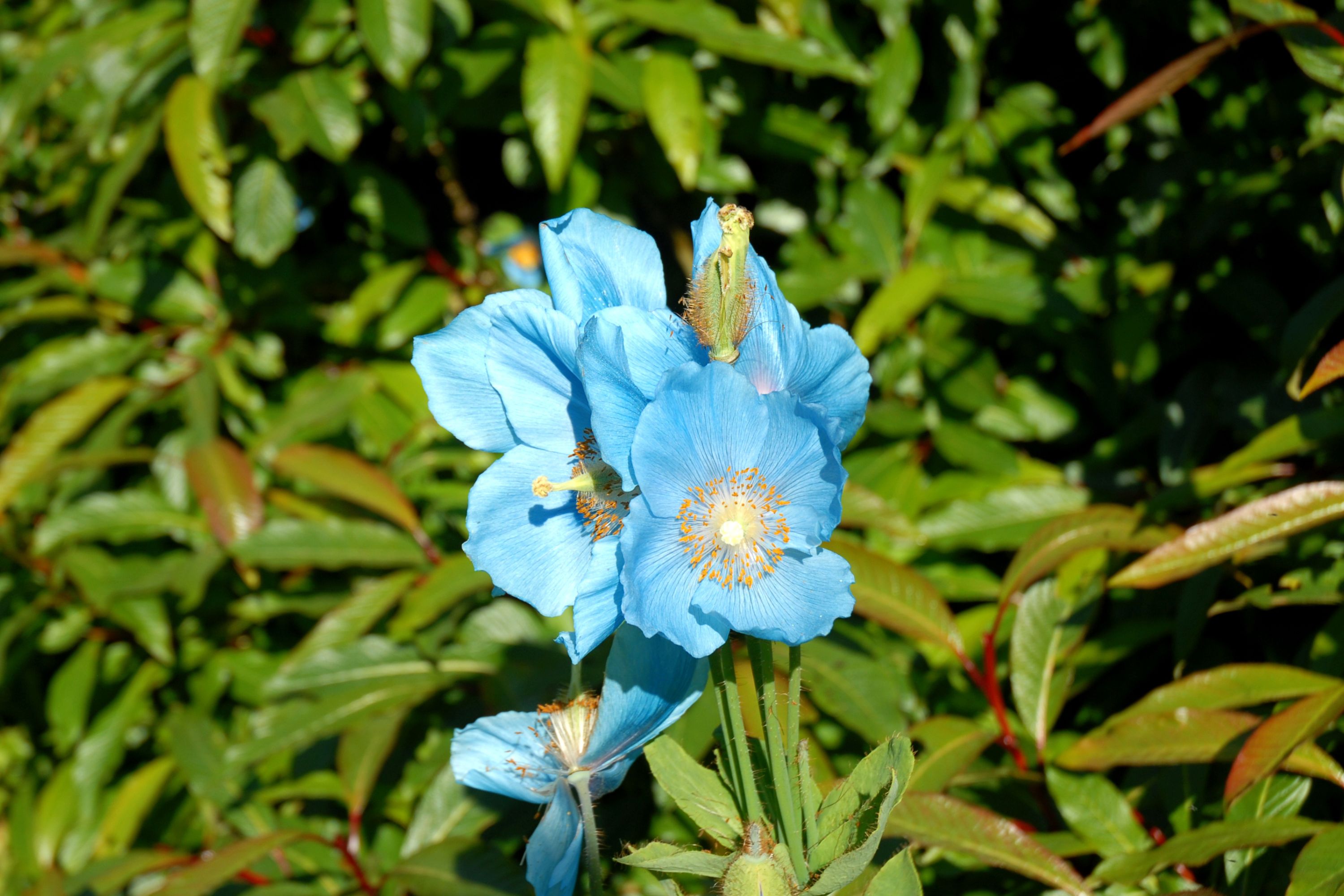Prickly blue poppy
(Meconopsis horridula)

Description
Meconopsis horridula, the prickly blue poppy, is a flowering plant from the family Papaveraceae. It is an endangered species that grows in high altitudes. The height of the plant varies from 20 cm to 1m. It is a monocarpic, dicot plant. Meconopsis horridula is a species with many variations in leaf structure and inflorescence. In the wild, the flowers are solitary or arranged in a raceme. The plant is monocarpic (it produces seeds and dies) with a plump taproot. The stem and pedicels have straw-colored spines on their surface. The plant has basal leaves (about 25 cm) arranged in a rosette. The leaves are elliptical or narrow-oblong shaped, tapering into the petiole. The leaf margin is entire or slightly lobed or toothed. The leaves have a base attenuate to petiole and an obtuse or acute apex. The adaxial and abaxial surface of the leaf is covered with yellowish or purplish spines that grow from purple wart-like structures. In some cases they are covered with bristles. The upper leaves are smaller and bract-like. "Meconopsis horridula" has deciduous leaves. The open-faced flowers are usually in shades of blue or reddish blue, but rarely white. The flowers are 5-7.5 cm in size. The stalk is usually less than 22 cm long. The stalk that bears the flower is bent, so the flower is not held upright and is droopy. The overlapping petals are arranged in a broad cup shape. The 4-8 petals are oval. The sepals have bristles on the adaxial surface. When solitary, flowers are arranged on scape. In some cases, the flowers are gathered together (agglomerated) in the lower half of the stem. The stamens (10-14mm) hold greyish-black anthers and the pollen is yellow or orange-yellow. The filaments and petals are similar color usually. The pistil consists of a style (6-7mm) with yellow stigma. The ovary is conical and has compressed spines on the outer surface. The seeds are reniform, small, dark brown and have pointed ends. They are contained within a pod covered with spines (spines have thickened base). This pod is called a capsule, which is a domed cylinder tapering towards one end. The capsule is about 1.5 cm to 2 cm long and 0.6 cm to 1.1 cm wide. Since "Meconopsis horridula" is a dicot plant, the seeds have two cotyledons. Meconopsis horridula can be found from as far west as western Nepal, through the central and eastern Himalayas, to southeastern Tibet (Xizang) and western China (western Kansu to Sichuan and northwestern Yunnan).
Taxonomic tree:







